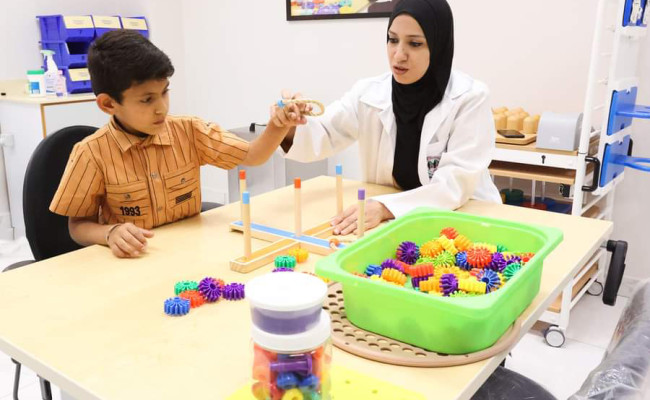The organizational structure of the AAUP and its nursing program facilitates faculty and student involvement in governance, contributing to program outcomes. The AAUP uses a line structure modified for better communication and interaction, supported by standing committees and a linking pin structure.
At the university level, the University Council, headed by the President, includes Vice-Presidents, Deans, school representatives, and other key members. Deans act as linking pins, connecting their schools with top management. Students participate in decision-making through representation at both school and university levels, coordinated by the student affairs department.
The Deans' Council, led by the AAUP President, includes Deans and Vice-Presidents, with the Dean of Nursing actively participating. At the nursing school level, the Advisory Board, headed by the Dean, includes Vice Deans and Department Heads, who serve as linking pins between staff and school governance.
At the department level, the Department Council, led by the Department Head, oversees management, decision-making, teaching, training, community activities, and research. Departments are divided into sections, each managed by a faculty member, responsible for various nursing specialties like Adult Health, Critical Care, and Maternity Nursing.
Department Standing Committees
1. Curriculum and Evaluation Committee
This committee is responsible for developing, reviewing, and evaluating the nursing curriculum to ensure it meets current educational standards and program objectives. It oversees the periodic review and revision of program publications, documents, and policies, ensuring they are clear, current, and accurately reflect program practices. The committee collaborates with faculty and students to gather feedback on curriculum effectiveness and make necessary improvements.
2. Quality Management and Quality Control Committee
The committee ensures that all program publications, documents, and policies are up-to-date and accessible to communities of interest. It works in alignment with the AAUP’s Quality Management System (ISO 9001), which standardizes and ensures the comprehensiveness of all processes and forms. The committee plays a key role in maintaining program quality through continuous evaluation and implementation of quality control measures, applying shared governance principles by considering staff and student input.
3. Resources Committee
This committee focuses on the allocation and management of resources within the nursing faculty, including faculty development, library resources, and technological support. It ensures that resources are effectively utilized to support the educational and research needs of the faculty. The committee also reviews proposals related to resource acquisition and collaborates with other committees to align resources with program goals.
4. Scientific Committee
The Scientific Committee supports faculty and students in research activities, promoting evidence-based practice and scholarly output. It facilitates access to research opportunities and resources, encourages participation in national and international conferences, and supports the dissemination of research findings. The committee ensures that scientific activities align with program goals and contribute to the overall quality of education and clinical practice.
5. Community Committee
This committee fosters engagement between the nursing faculty and the broader community. It promotes activities that enhance the faculty’s presence in the community, such as health promotion initiatives, public health campaigns, and partnerships with local organizations. The committee ensures that program practices and policies are visible and accessible, reflecting the faculty’s commitment to community service and collaboration.






